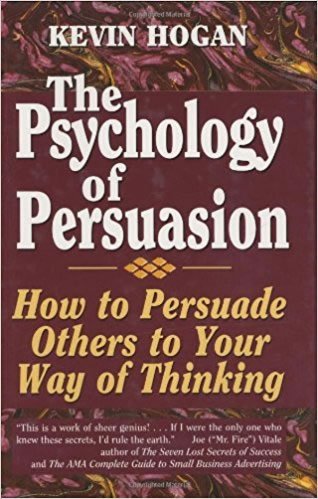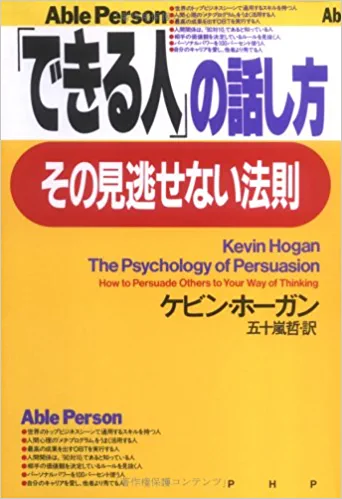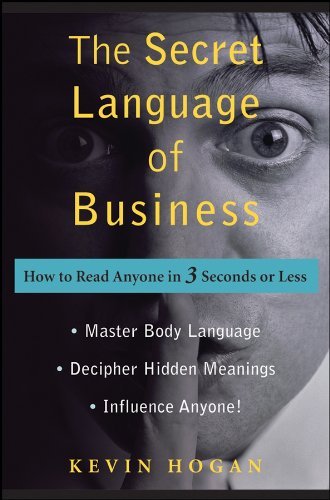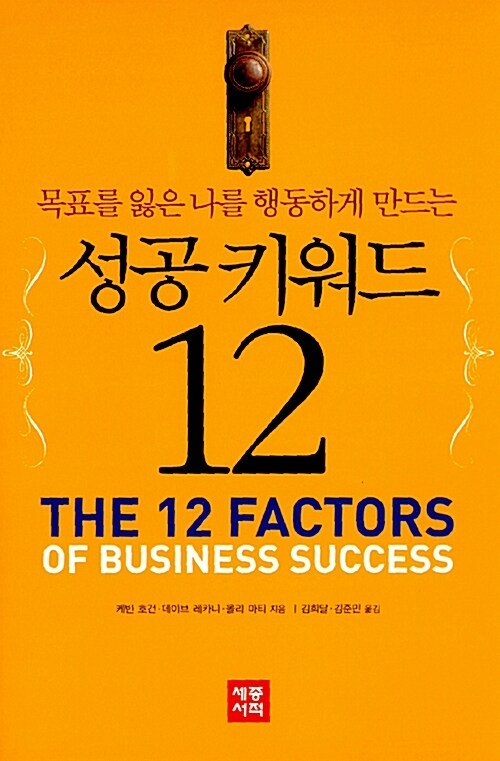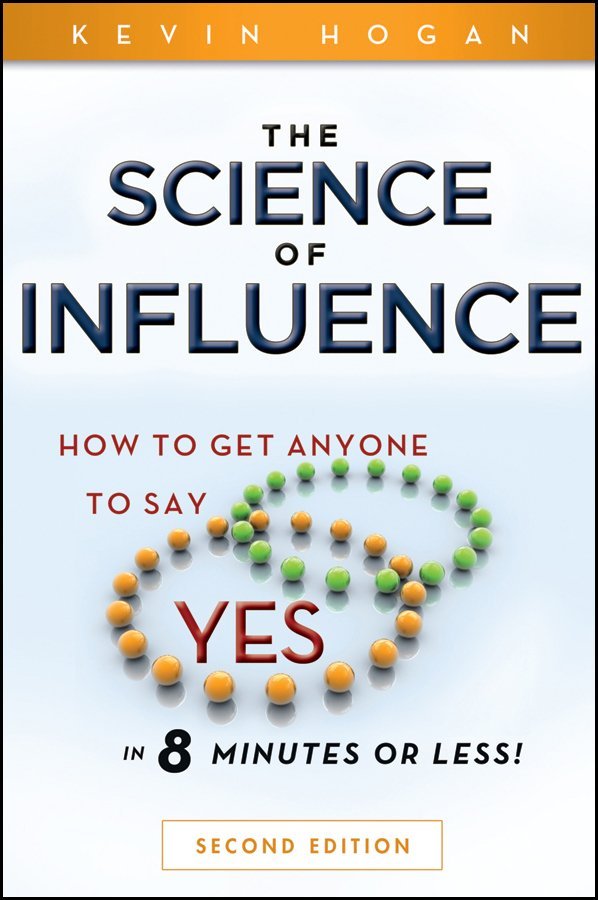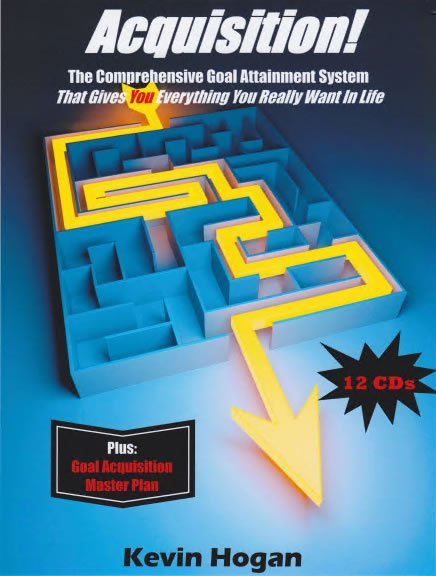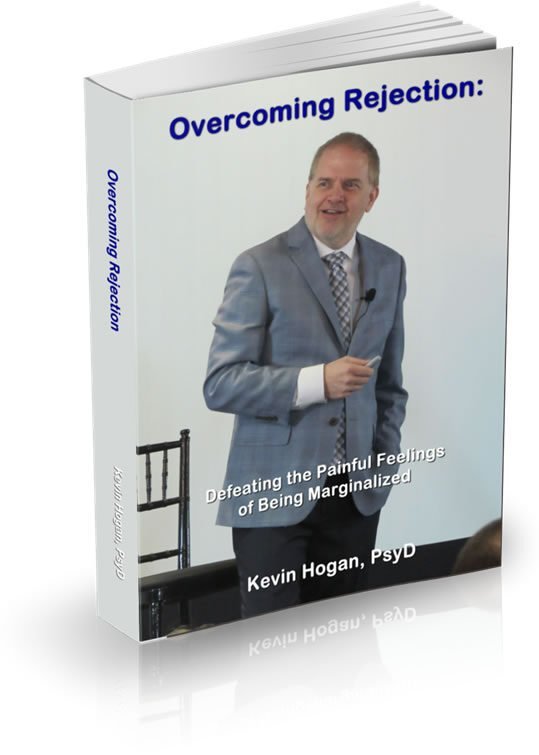New Study Lays Groundwork for Real-World Applications in Business, Selling and Therapy
There is no filing cabinet in your brain (or mine).
There is no chronology or sequence in memory. (The 1990’s aren’t stored after the 1980’s) Memory and thought, decisions and desire can come from a number of different “directions” in the brain.
Most experiences and events aren’t encoded into memory at all and are “lost” forever.
The Uniqueness of Emotional Memory
Emotional memories are unique. They are created in a very different way than other memories. They activate much more of the brain and they are encoded more “permanently.” (This doesn’t mean the memories are accurate.)
If you want to have the ability to fire off certain elements about you in another person, you better utilize emotion to wire in those experiences, or they will be wired in with whatever the person is feeling at the moment!
If you want to reduce the negative emotional response someone has (say in depression, anxiety or PTSD, or in your personal life) this new study has much to offer you…
Emotional Memories Engage Different Parts of the Brain
If the emotional memory of a traumatic car accident or the thrill of first love are remembered with a special resonance, it is because they engage different brain structures than do normal memories, Duke University researchers have discovered. Their new study provides clear evidence from humans that the brain’s emotional center, called the amygdala, interacts with memory-related brain regions during the formation of emotional memories, perhaps to give such memories their indelible emotional resonance.
The researchers said their basic insights could contribute to understanding of the role that the neural mechanisms underlying emotional memory formation play in post traumatic stress disorder and depression.
The study by Florin Dolcos, Kevin LaBar and Roberto Cabeza was reported in the June 10, 2004, issue of the journal Neuron. Dolcos is a research associate in the Brain Imaging and Analysis Center and LaBar and Cabeza are, respectively, assistant and associate professors of psychological and brain sciences. They are also faculty in the Center for Cognitive Neurosciences. Their research was supported by the National Institutes of Health.
According to Dolcos, in their experiments the researchers were seeking evidence for the “modulation hypothesis,” which holds that the brain’s emotional and memory centers interact during the formation of emotional memories.
“The basic idea was simple: to find evidence supporting the notion that the brain’s emotional region modulates activity in the memory regions to form an emotional memory,” said Dolcos. “This idea was supported by animal research, but the evidence from neurologically intact humans was scarce and indirect. So, our goal was to find the right method that would allow us to demonstrate that this phenomenon happens in humans, too,” he said. In their study, the researchers sought to establish that the memory-enhancing effect of emotion is due to interaction between emotion- and memory-related brain regions. Thus, they first exposed volunteer subjects to a collection of pictures that evoked both positive and negative emotions and those that were neutral. Emotional pictures depicted such negative events as aggressive acts or injured people and such positive events as romantic scenes or sporting triumphs. Neutral pictures included such subjects as buildings or scenes of routine shopping.
The Difference Between Emotional and Neutral
While viewing the emotional and neutral pictures, participants’ brains were scanned using functional magnetic resonance imaging. Such imaging involves the use of harmless magnetic fields and radio signals to measure blood flow to individual brain regions, which reflects greater activity in those regions. Then, following the scanning session, the researchers tested participants’ memory for the images they viewed during the scanning.
Two important features distinguish the new study from previous functional neuroimaging studies, said the researchers. First, to identify the brain regions associated with the memory-enhancing effect of emotion, the study identified the brain regions whose activity during memory formation predicts what items would be remembered or forgotten (encoding success). Thus, it was possible to compare successful encoding activity for emotional and neutral items.
Second, to delineate the contribution of the emotion and memory-related regions during emotional memory formation, the study used precise anatomical methods, which involved tracing of these regions on each subject’s brain image. Thus, it was possible to precisely localize the signal coming from anatomically proximal brain regions. As expected, analysis of the behavioral data revealed evidence that the memories of emotional images were more strongly encoded than the neutral ones. And importantly, the brain scans showed that the emotional memories evoked activity in the amygdala as well as the “medial temporal lobe memory” structures. Specifically, these structures include the hippocampus and associated regions. Moreover, according to Dolcos, the analysis revealed a significant correlation between the strength of activity in the emotion- and memory-related brain regions.
The Results
“We found evidence that the interaction between the emotional and memory regions occurred more systematically and consistently during the formation of emotional memories than during the formation of neutral memories,” Dolcos said. “More specifically, we found that the subjects showing greater successful encoding activity in the emotional region also had greater activity in the memory regions,” said Dolcos.
Said Cabeza of the findings, “Other studies have focused on the general enhancing effects of emotion on memory, and the evidence for the modulation hypothesis was disparate and inconclusive. Thus, this is the first direct evidence for the modulation hypothesis in humans.”
What’s more, said Cabeza, “We also found indications that some regions within the medial temporal lobe may actually be more specialized for encoding neutral information. We don’t know exactly what the processes involved are, or why these regions are engaged. But we speculate that the regions that were more activated for emotional stimuli are involved in semantic processing of the meaning of the images, whereas those that are more activated by neutral stimuli reflect perceptual processing.”
Thus, said Cabeza, the findings not only establish the functional link between the emotional and memory areas; but also hint at differences within the memory areas that should be explored with further studies. As part of their research, the authors are now exploring the role of these brain regions during the retrieval of well-consolidated emotional memories.
How the Research Can Help – PTSD, Depression
While such studies are basic in nature, said Cabeza, better delineation of the role of the amygdala in emotional memory could aid understanding of post traumatic stress disorder — especially such phenomena as flashbacks of traumatic memories. Said Dolcos, “Also, people who suffer depression ruminate obsessively on negative or unpleasant memories. This problem could reflect a pathology in how their memory systems have processed emotional memories.”
Thus, said Cabeza, he and his collaborators are now exploring the nature of emotional memory encoding in people with depression, before and after therapy.
![]()
![]()
![]()
I’ve identified 12 of the life patterns which cause us to trip up – and make the same mistakes again and again. To discover which of the 12 patterns you have been the victim of and how to eliminate self-sabotage in your life (or those of your clients) you can pick up the CD program and workbook, LIFESTORMS: The Paradox of Overcoming Self Sabotage to Achieve Love, Power, Money and Happiness.
Lifestorms: 12 Obstacles to Achievement: The Paradox of Overcoming Self Sabotage to Achieve Love, Power, Money and Happiness.
3 CDs in this program – and it comes with a BIG WORKBOOK! And now, get a free Lifestorms DVD presentation with your order!
Discover why life often brings you exactly what you don’t want…and how self sabotage can hide around every corner. Some people have guessed at the bizarre nature of self sabotage. Guess no more. Self sabotage is very real in everyone’s life. It is completely devastating and 100% resolvable!
- Do you ever know you should start on a project but don’t?
- Do you have projects that you have started but never finished?
- Do you ever say the one wrong thing at the wrong time?
- Have you ever had things going well in life only to have everything blow up in a day?
- Have you tried to be so careful not to make a mistake that you were shocked when you made a truly costly one?
- Have you ever promised yourself to stay out of trouble in some way only to find yourself in the same trouble or worse again?
Now you can discover your own life patterns so you can eliminate unconscious self sabotage immediately. This program will break the heavy chains that hold you from your dreams and your goals.
This program is the first program ever made public that shows you how to identify specific self sabotaging behaviors and negative life patterns. Better? You can ultimately erase those life patterns and rewrite new “schemas” into your brain that will allow you to meet your goals and experience fulfilling relationships.
Here is what you will learn:
- How to identify which of the 12 negative life patterns you live.
- How to find the triggers of the lifestorms that you just can’t believe you experience.
- How to change the self sabotage into success, happiness or something productive.
- How to remove almost all obstacles between you and your goals.
- How to understand those around you so you don’t push their buttons.
- How to predict your behavior and that of others.
- How to actually achieve your goals so they are more than just a dream.
No one anywhere has ever put such a program on CD. There is not one person anywhere who can’t utilize every minute of this insightful information. These three CD’s are packed with the most powerful tools for getting past life’s roadblocks and personal sabotage ever imagined. Anyone can utilize this information and I personally guarantee that if you follow the instructions you will not experience self sabotaging behavior anymore. Your goals become reality at speeds faster than you ever imagined.


